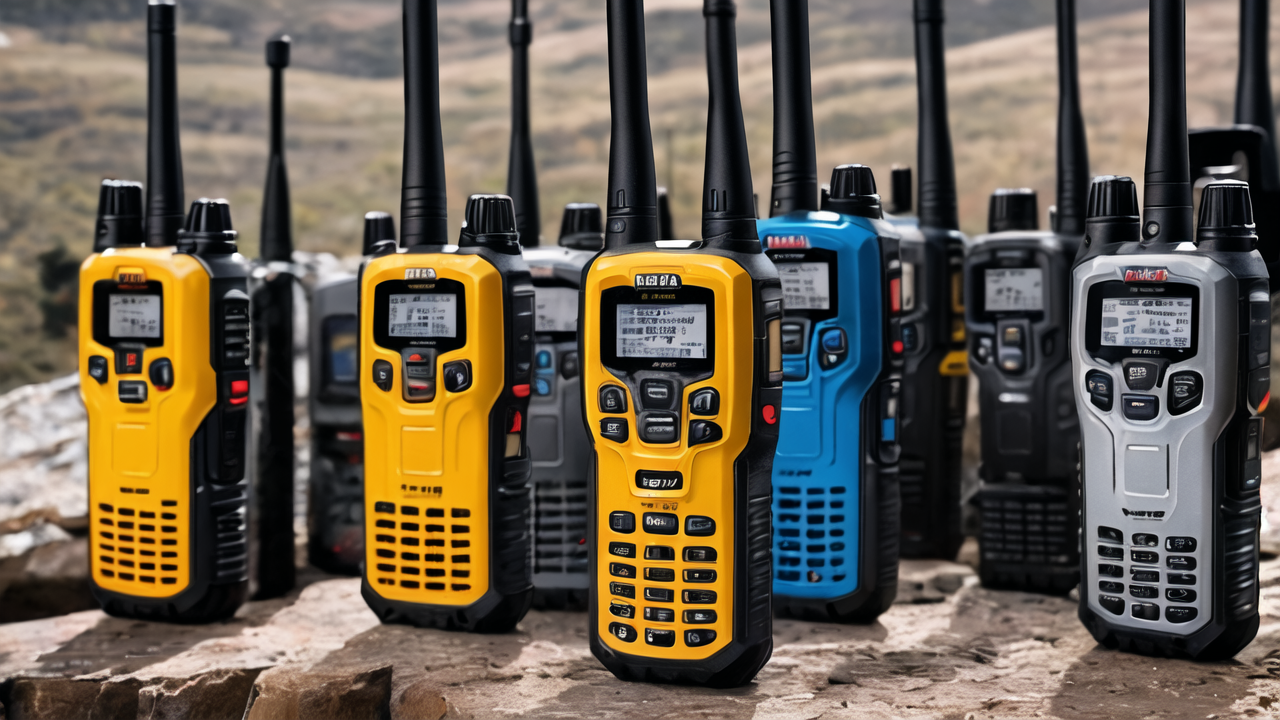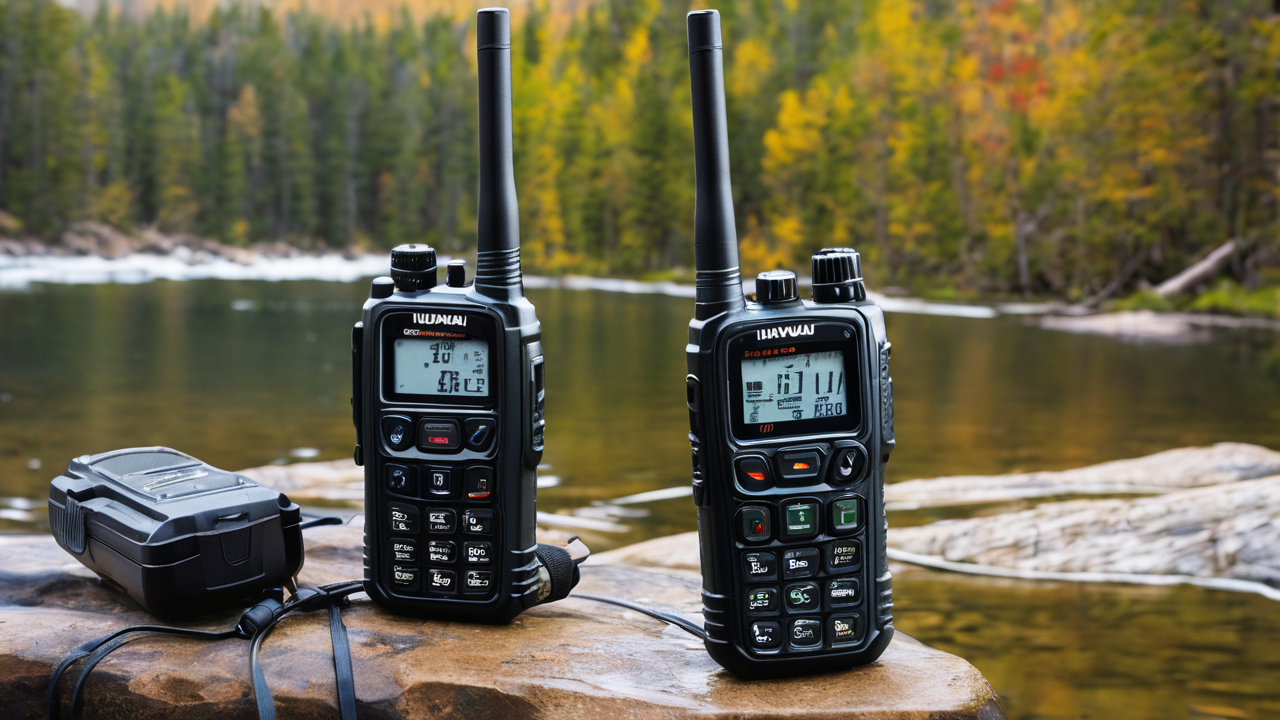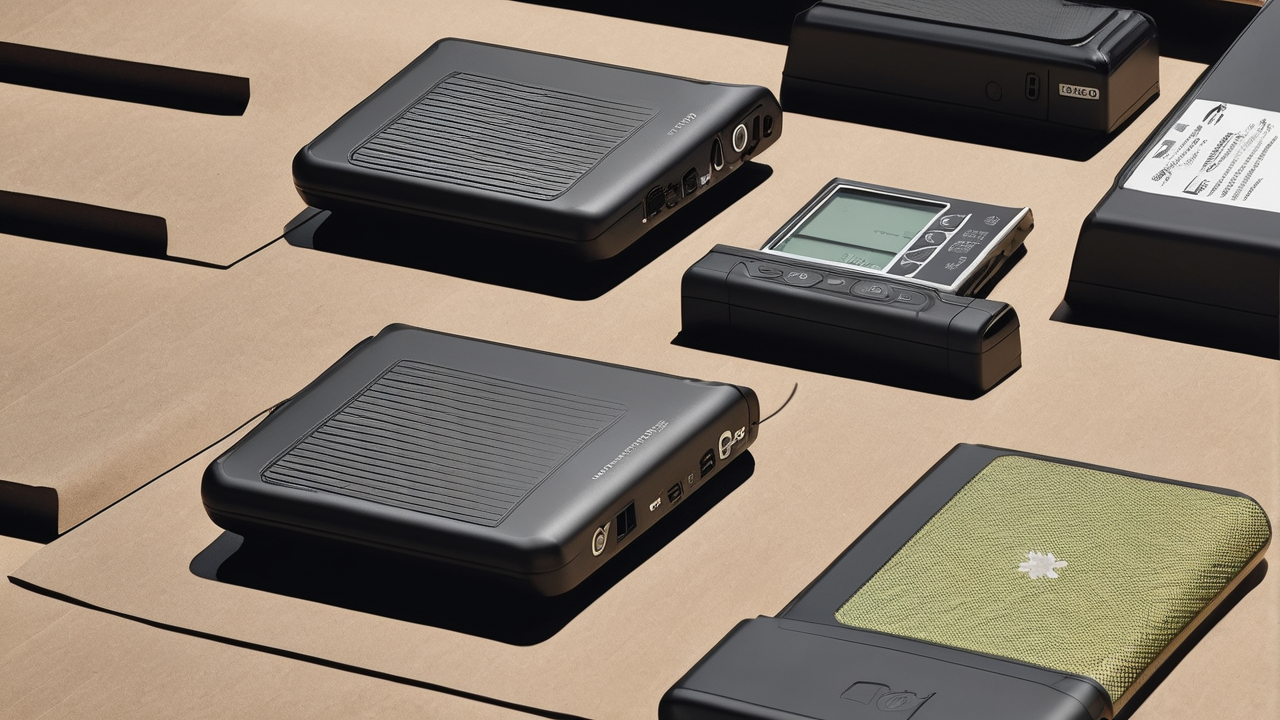Understanding Long Range Walkie Talkies
The Technology Behind Long Range Communication
Long range walkie talkies use advanced radio technology to transmit signals over great distances. They operate on specific frequencies, often in the UHF or VHF bands. These devices use powerful transmitters and sensitive receivers to boost range. Some models incorporate digital signal processing to enhance clarity. Antenna design also plays a crucial role in extending range. Many long range units feature detachable antennas for better performance. Some even use satellite technology for truly global coverage. Understanding these tech aspects can help users choose the right device for their needs.

Key Features of High-Range Walkie Talkies
High-range walkie talkies come packed with features to enhance communication over long distances. Here are some key features to look for:
- Powerful battery life for extended use
- Waterproof and dustproof designs for outdoor durability
- Multiple channels to avoid interference
- Privacy codes for secure communication
- NOAA weather alerts for safety
- VOX hands-free operation
- LCD display for easy navigation
- SOS function for emergencies
- GPS functionality in some models
- Bluetooth connectivity for hands-free use
These features ensure reliable communication in various scenarios, from outdoor adventures to professional use.
Importance of Range in Emergency Situations
In emergency situations, the range of a walkie talkie can be a lifesaver. Long range devices allow communication when cell networks fail. They're crucial for search and rescue operations in remote areas. During natural disasters, they help coordinate relief efforts over wide areas. For hikers and campers, they provide a lifeline to civilization. In maritime emergencies, long range walkie talkies can call for help from afar. They're also vital for large-scale event management and security. The extended range ensures that help is always within reach, even in the most challenging situations.
Best Long Range Walkie Talkies on the Market
Reviewing the Top 10 Models
- Motorola T600 H2O: Offers 35-mile range and waterproof design.
- Midland GXT1000VP4: Boasts 36-mile range and 50 channels.
- Cobra ACXT1035R FLT: Features 37-mile range and floating design.
- BaoFeng UV-5R: Popular for its 50-mile range and affordability.
- Uniden SX377-2CKHS: Provides 37-mile range and NOAA weather alerts.
- SAMCOM FPCN10A: Offers 20-mile range and robust build quality.
- Retevis RT1: Features 30-mile range and professional-grade durability.
- Arcshell Rechargeable: Known for its 5-mile range and compact size.
- Motorola Talkabout T800: Boasts 35-mile range and Bluetooth connectivity.
- Midland LXT630VP3: Offers 30-mile range and easy-to-use interface.
Each model has unique strengths, catering to different user needs and preferences.

Comparing Cost vs. Range for Hobbyists and Professionals
When choosing a long range walkie talkie, cost and range are key factors to consider. For hobbyists, mid-range models offering 20-30 miles of range are often sufficient. These typically cost between $50 to $100 per pair. They're great for outdoor activities and casual use. Professional users might need higher-end models with 35+ mile range. These can cost $150 to $300 or more per pair. They offer better build quality and more features. Some satellite-enabled models for extreme range can cost over $1000. It's important to balance your needs with your budget. Remember, advertised range is often best-case scenario. Real-world range can be less due to terrain and obstacles.
Expert Recommendations: What to Consider Before Buying
Experts suggest considering these factors when choosing a long range walkie talkie:
- Intended use: Casual, professional, or emergency?
- Frequency band: UHF for urban, VHF for rural areas
- Battery life: Rechargeable or disposable batteries?
- Durability: Water resistance for outdoor use
- Additional features: GPS, weather alerts, etc.
- Size and weight: Important for portability
- Brand reputation and warranty
- User reviews and real-world performance
- Compatibility with existing equipment
- Legal requirements in your area
Always test the device in your specific environment before relying on it for critical communications.
Regulations and Considerations in the US
Understanding FCC Regulations for Walkie Talkies
The Federal Communications Commission (FCC) regulates walkie talkie use in the US. Here are key points:

- FRS (Family Radio Service) devices don't require a license
- GMRS (General Mobile Radio Service) requires a license for higher power
- Maximum allowed power output varies by frequency band
- Some frequencies are restricted or require special permits
- Modifications to increase power or range may be illegal
- Certain features like voice scramblers may be prohibited
- International use may require additional permits
Always check current FCC regulations before purchasing or using a long range walkie talkie. Compliance ensures legal and responsible use of these devices.
The Impact of Terrain and Environment on Signal Strength
Terrain and environment significantly affect walkie talkie range and signal strength. Open, flat areas allow for maximum range. Hills, mountains, and dense forests can greatly reduce signal reach. Urban environments with buildings and electronic interference also limit range. Water bodies can enhance or hinder signals depending on conditions. Weather can impact performance too. Rain and humidity can reduce range. Cold temperatures may affect battery life. Altitude can increase range in some cases. Understanding these factors helps set realistic expectations for device performance. It's crucial to test your walkie talkies in the specific environments where you'll use them.
Responsible Use and Etiquette in the Hobbyist Community
Responsible use of long range walkie talkies is crucial in the hobbyist community. Here are some etiquette guidelines:
- Respect others' conversations and wait for a clear channel
- Keep transmissions brief and to the point
- Use appropriate language and avoid offensive content
- Don't interfere with emergency communications
- Follow local regulations and licensing requirements
- Be mindful of privacy when communicating in public
- Use the minimum power necessary for your needs
- Properly dispose of or recycle old batteries
- Help others in emergencies if you can safely do so
- Educate new users about proper walkie talkie use
By following these guidelines, hobbyists can ensure a positive experience for all users of these valuable communication tools.


